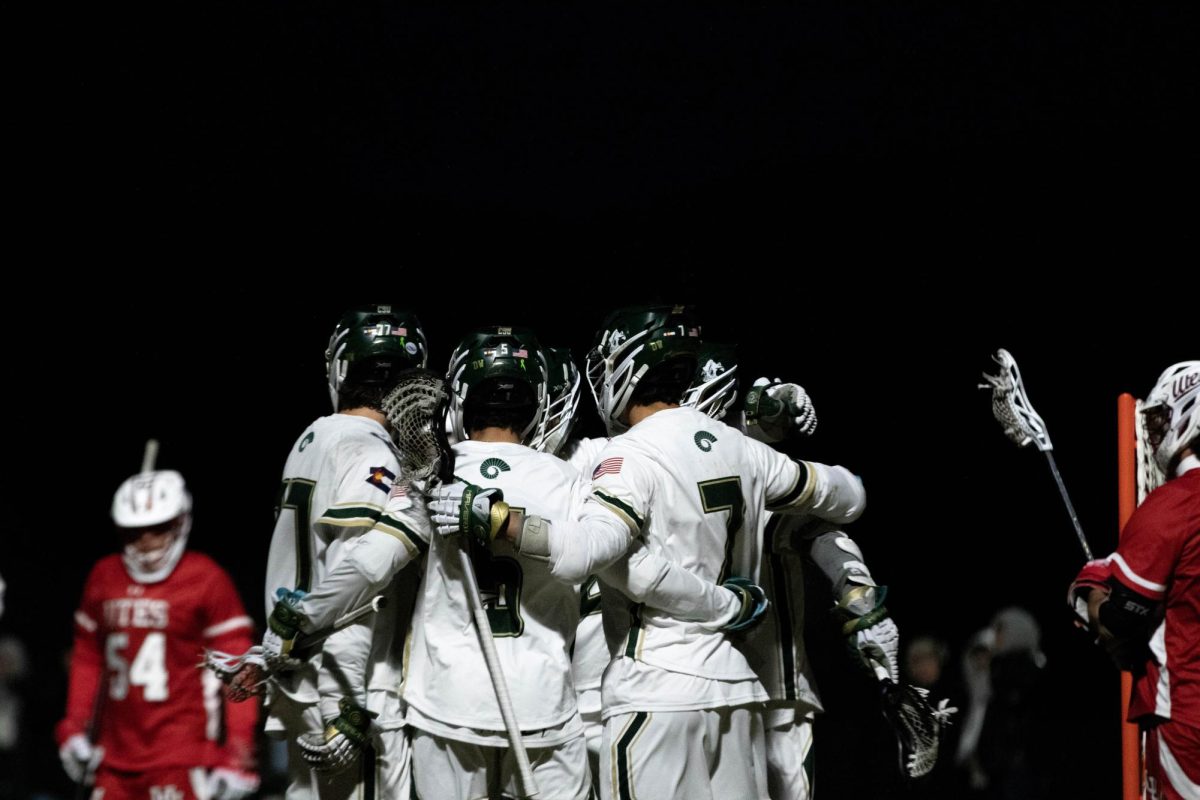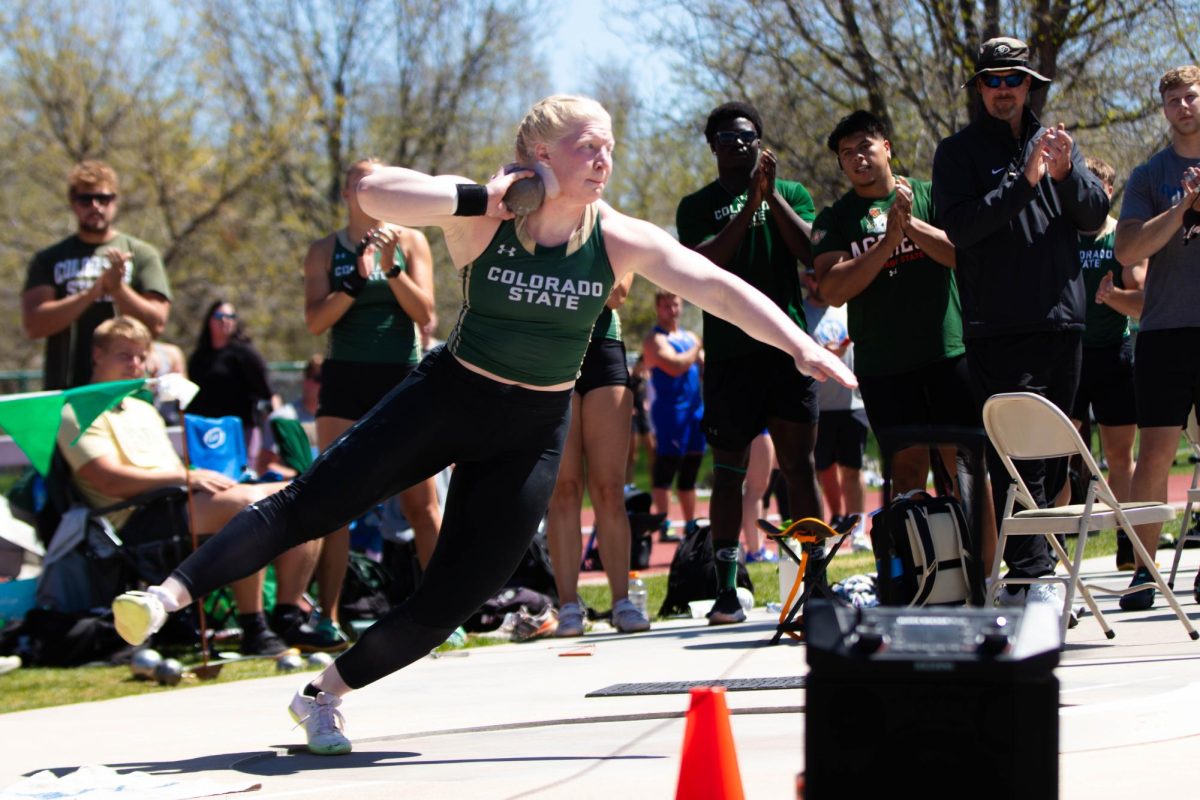In many aspects of life, being average is rewarded to some extent. Sports are usually an outlier. College football’s bowl system is one area where mediocrity is questionably rewarded.
In 2018, there will be 41 bowl games, with the College Football Playoff being included in that total. At two teams per game — excluding the playoff participants who will play two — that’s 80 teams that will be participating in the college football postseason.
In the entire Football Bowl Subdivision, there are a total of 129 teams. When divided by the 80 teams that will make the postseason, roughly 62 percent of teams that competed in the FBS this year will be rewarded with a trip to a bowl game, gift packs and all.
For comparison, in the National Football League, the highest level of professional football, 12 of the 32 teams that compete make the postseason. That is 37.5 percent.
What makes nearly double the number of teams worthy of playing past the regular season when comparing the collegiate to a professional level of the same sport?
The answer is simple: Money.
No longer is the true meaning of sport and competition at the forefront. Rather, the money that is made by the people that are not even playing takes precedent.
In collegiate athletics, athletes and participants on each team are not paid. Yes, the athletes are given scholarships to help fund their schooling efforts, but the people that put themselves on the line for the entertainment of others are not paid for their efforts directly.
Last year, according to a piece published by Forbes, the Group of Five programs across the nation, including Colorado State, were given a pool north of $81 million to split among the teams that made a bowl appearance. That money is allocated by terms unbeknownst to the public, with the conferences that are outside of the Power Five following a developed formula.
That amount of money, to be split amongst the programs that win a mere half of their games, results in a gift pack for the players and a trip to various locations in the United States. Those presents pale in comparison to the minimum $75,000 bonus that CSU Coach Mike Bobo receives for winning only six games. In other words, an average job.

A near-six-figure bonus goes to the coach, yet the program still benefits. The pay given to Bobo for his work is a speck of sand when compared to the funds that can be made by the university from the $81 million pool given to the programs of the Group of Five.
Therein lies the problem.
Athletes that compete collegiately are currently being used as pawns to further the financial gains of universities. With only 1.6 percent of athletes advancing to play pro football according to the NCAA’s official website, 98.4 percent are being used and tossed aside.
As proven by the sheer amount of teams that make the postseason, their efforts are not in the spirit of competition either.
Instead, schools are using their promises of future growth professionally to manipulate young men into putting their lives on the line. From 2004-2009, according to a report from the NCAA, 23 separate players incurred catastrophic injuries. Those are 23 players who risked their lives for a minimal shot of making a significant amount of money playing football.
The number of injuries has only risen given the nature of increased athletic prowess among participants with advances in workouts and training regimens.
“Winning isn’t everything, it’s the only thing,” Vince Lombardi once said.
Sadly, the former Green Bay Packers coach couldn’t see the future of collegiate football.
Luke Zahlmann can be reached at sports@collegian.com or on Twitter @lukezahlmann.





